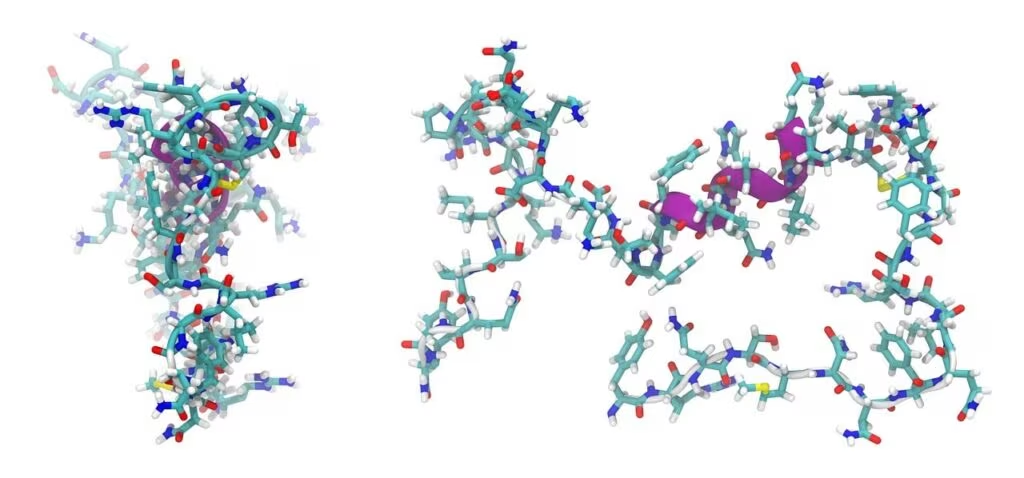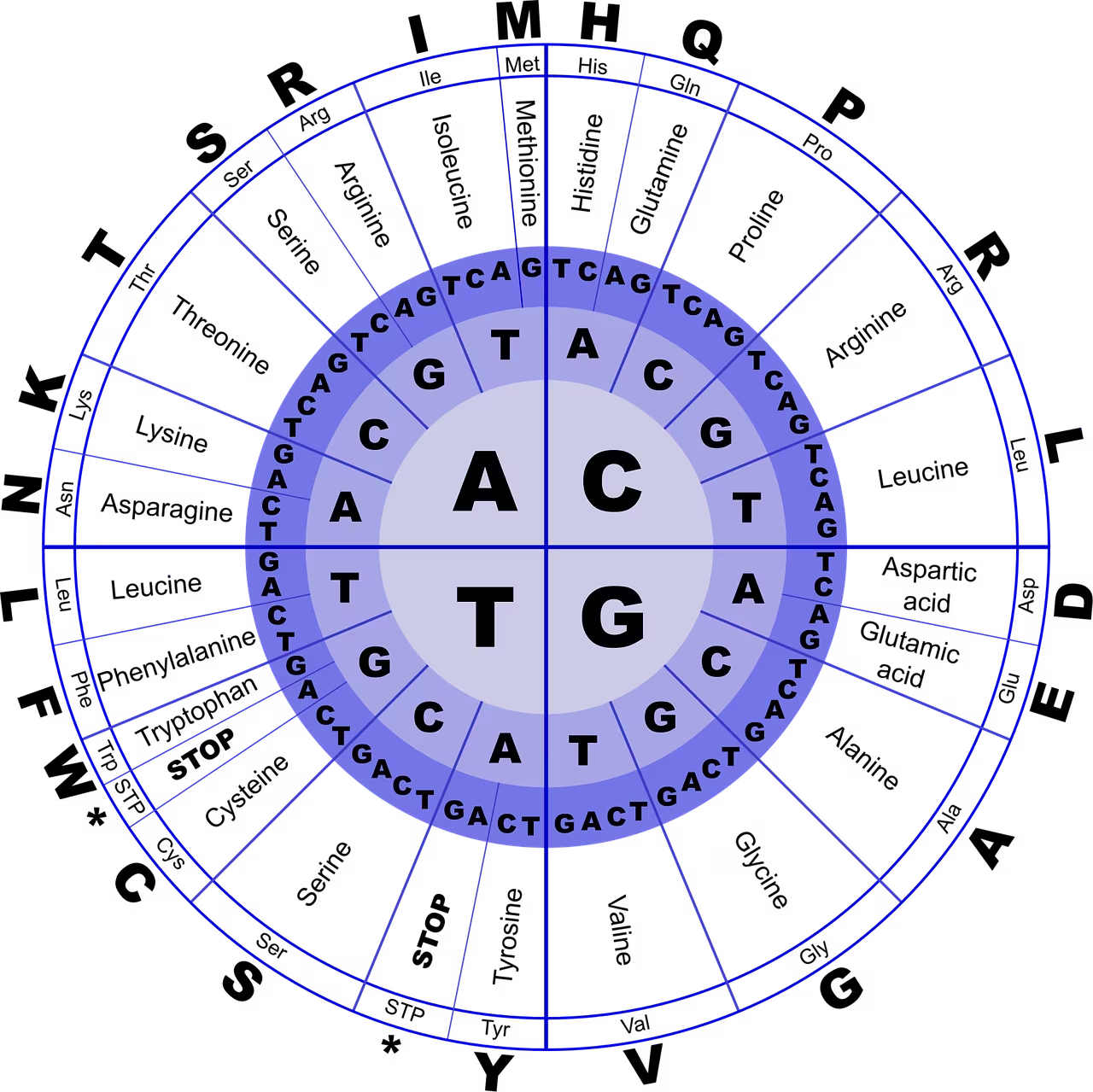Unlocking Life’s Factory: The Critical Role of Helicases in Ribosome Biogenesis
The ribosome, the cell’s universal protein-synthesis machine, is arguably one of the most complex molecular structures in biology. Its assembly is a monumental task, requiring the precise coordination of hundreds of temporary helper proteins and RNA molecules. A groundbreaking study published in Nature reveals the fundamental mechanism by which this assembly line is completed and dismantled, focusing on the crucial role of helicases—the molecular motors that drive these complex structural transformations.
This research provides unprecedented insight into the final, critical steps of building the small ribosomal subunit (SSU), specifically detailing how the massive precursor complex, known as the SSU processome (or pre-40S subunit), is matured and disassembled, clearing the way for the functional ribosome to begin its work.
The SSU Processome: Building the Foundation for Protein Synthesis
In eukaryotic cells, the small ribosomal subunit (40S) is responsible for reading the messenger RNA (mRNA) code. Before it can function, it must be constructed inside the cell’s nucleus, primarily within the nucleolus, as the SSU processome. This precursor complex is enormous, involving the ribosomal RNA (rRNA) backbone and over 70 non-ribosomal factors, including the essential U3 small nucleolar ribonucleoprotein (U3 snoRNP).
The U3 snoRNP acts like a scaffold or chaperone, guiding the initial folding and processing of the pre-rRNA. However, for the pre-40S particle to mature and be exported to the cytoplasm, this scaffolding must be removed—a process that requires immense energy and precise timing to avoid cellular catastrophe.
The central challenge addressed by this research was understanding the mechanism of this removal: How does the cell efficiently and accurately eject these tightly bound factors, particularly the U3 snoRNP, to complete the maturation process?

Helicase Action: The Engine of Disassembly
The study identifies specific DEAD-box helicases as the key agents responsible for driving the structural changes necessary for SSU processome disassembly. Helicases are enzymes that utilize the energy released from hydrolyzing adenosine triphosphate (ATP) to unwind nucleic acids or remodel ribonucleoprotein (RNP) complexes. They function like tiny, directional wrenches.
Researchers demonstrated that the helicases act sequentially, targeting specific junctions within the pre-40S structure. Their function is not merely to unwind RNA, but to induce large-scale conformational shifts in the entire complex, forcing the release of the tightly associated factors.
Key Steps Driven by Helicases:
- Initial Remodeling: A specific set of helicases initiates the process by targeting the binding sites of early assembly factors, causing localized structural destabilization.
- U3 snoRNP Ejection: The most dramatic step involves the helicase-driven release of the U3 snoRNP. This is crucial because the U3 snoRNP physically blocks the sites necessary for the final rRNA processing steps.
- Factor Release: As the structure shifts, dozens of non-ribosomal factors that were stabilizing the immature particle are sequentially ejected, transforming the bulky processome into the streamlined pre-40S particle ready for export.
This orchestrated removal is highly energy-dependent, underscoring the cellular commitment to producing functional ribosomes. The precise, sequential action of these helicases ensures that the process is unidirectional and irreversible, preventing the particle from reverting to an immature state.
“The discovery of this helicase-mediated mechanism provides a definitive answer to one of the longest-standing questions in ribosome biogenesis: how the cell manages the massive structural rearrangement required to transition from a precursor complex to a functional machine,” stated one of the lead researchers.

Significance and Broader Implications
The findings are significant because they establish a clear, mechanistic link between energy consumption (ATP hydrolysis) and the structural maturation of the ribosome. Ribosome biogenesis is one of the most highly conserved and energy-intensive processes in biology. Defects in this pathway are linked to a class of human disorders known as ribosomopathies, which include Diamond-Blackfan anemia and various cancers.
Understanding exactly how these helicases function provides critical targets for therapeutic intervention. If a disease state involves the misregulation of ribosome production—for instance, if cancer cells are overproducing ribosomes to fuel rapid growth—targeting the specific helicases responsible for the final maturation steps could potentially slow or halt the proliferation of those cells.
Why This Matters to Human Health:
- Ribosomopathies: Precise knowledge of the helicase mechanism can help explain why mutations in associated factors lead to disease, offering new diagnostic markers.
- Cancer Biology: Many cancers exhibit elevated rates of ribosome production (a phenomenon called ‘ribosomal stress’). Inhibiting the specific helicases driving maturation could selectively impair cancer cell growth.
- Fundamental Biology: The mechanism reveals a conserved strategy used by the cell to manage large, transient molecular assemblies, a principle likely applicable to other complex RNP processes like spliceosome assembly.
Key Takeaways
This seminal work fundamentally advances our understanding of how life builds its essential protein factories. The key insights are:
- Mechanism Defined: The study pinpoints specific helicases as the molecular engines that drive the maturation and disassembly of the SSU processome (pre-40S ribosomal subunit).
- Energy Dependence: The process is highly dependent on ATP hydrolysis, confirming that the structural remodeling of the pre-ribosome is an active, energy-intensive process.
- U3 snoRNP Ejection: Helicase action is essential for ejecting the U3 snoRNP scaffold, which must be removed before the ribosome can be finalized and exported.
- Conserved Strategy: The findings highlight a conserved strategy in cell biology where molecular motors are used to enforce unidirectional progression through complex assembly pathways.

Conclusion
The successful maturation of the small ribosomal subunit is a prerequisite for all protein synthesis, and thus, for life itself. By identifying the helicase-mediated mechanism of SSU processome disassembly, researchers have illuminated a critical checkpoint in cellular metabolism. This detailed molecular map of the process not only satisfies a decades-old curiosity in cell biology but also opens new avenues for targeting fundamental cellular pathways implicated in a range of human diseases, particularly those involving uncontrolled cell growth.
Originally published: October 29, 2025
Editorial note: Our team reviewed and enhanced this coverage with AI-assisted tools and human editing to add helpful context while preserving verified facts and quotations from the original source.
We encourage you to consult the publisher above for the complete report and to reach out if you spot inaccuracies or compliance concerns.

